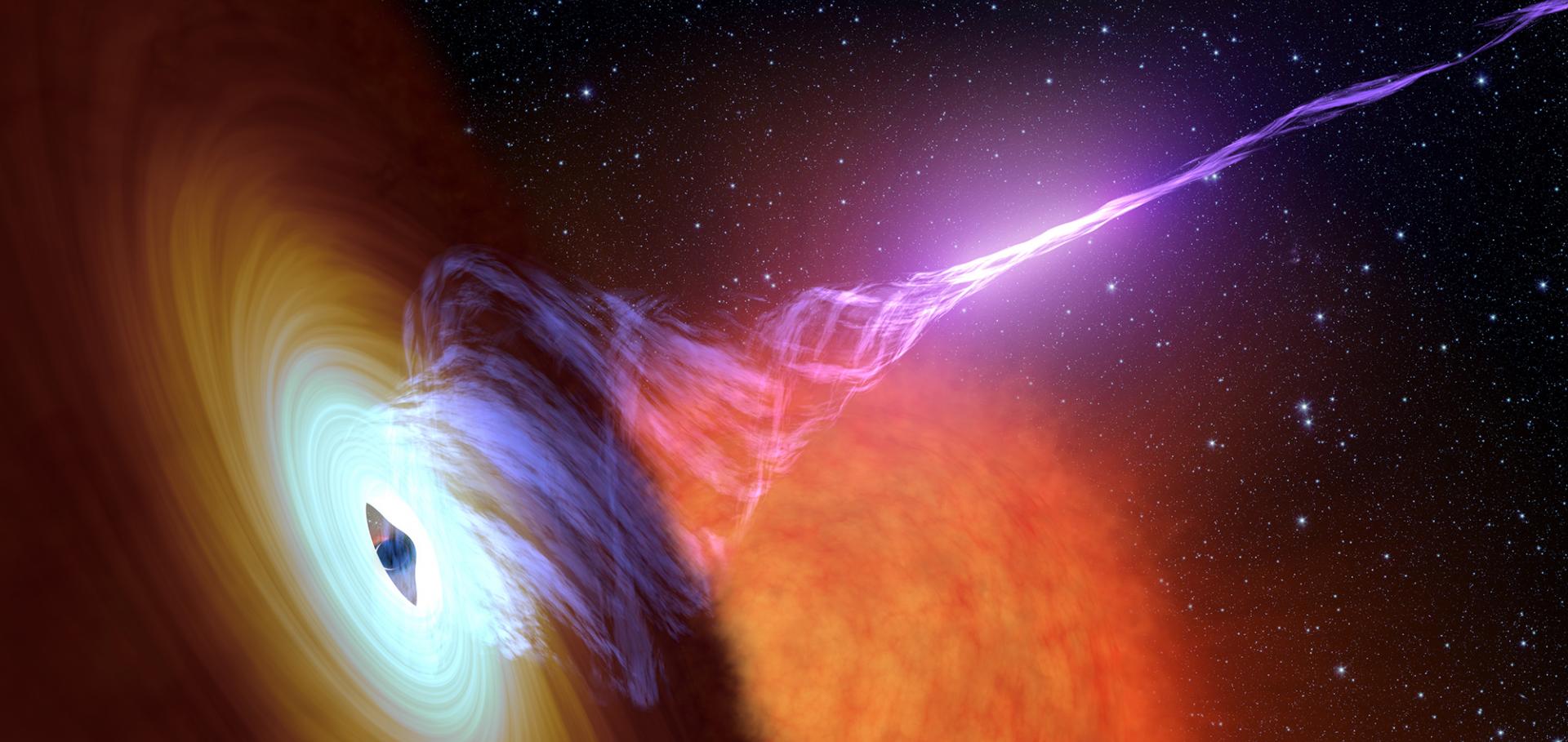Discovery of a new kind of explosive X-ray transient near M86
Astrophysical Journal 779:1 (2013)
Abstract:
We present the discovery of a new type of explosive X-ray flash in Chandra images of the old elliptical galaxy M86. This unique event is characterized by the peak luminosity of 6 × 1042 erg s-1 for the distance of M86, the presence of precursor events, the timescale between the precursors and the main event (∼4000 s), the absence of detectable hard X-ray and γ-ray emission, the total duration of the event, and the detection of a faint associated optical signal. The transient is located close to M86 in the Virgo cluster at the location where gas and stars are seen protruding from the galaxy probably due to an ongoing wet minor merger. We discuss the possible mechanisms for the transient and conclude that the X-ray flash could have been caused by the disruption of a compact white dwarf star by a ∼104 M black hole. Alternative scenarios such that of a foreground neutron star accreting an asteroid or the detection of an off-axis (short) γ-ray burst cannot be excluded at present. © 2013. The American Astronomical Society. All rights reserved..The Youngest Known X-ray Binary: Circinus X-1 and its Natal Supernova Remnant
(2013)
Radio Detections During Two State Transitions of the Intermediate Mass Black Hole HLX-1
(2013)
Discovery of a new kind of explosive X-ray transient near M86
(2013)


